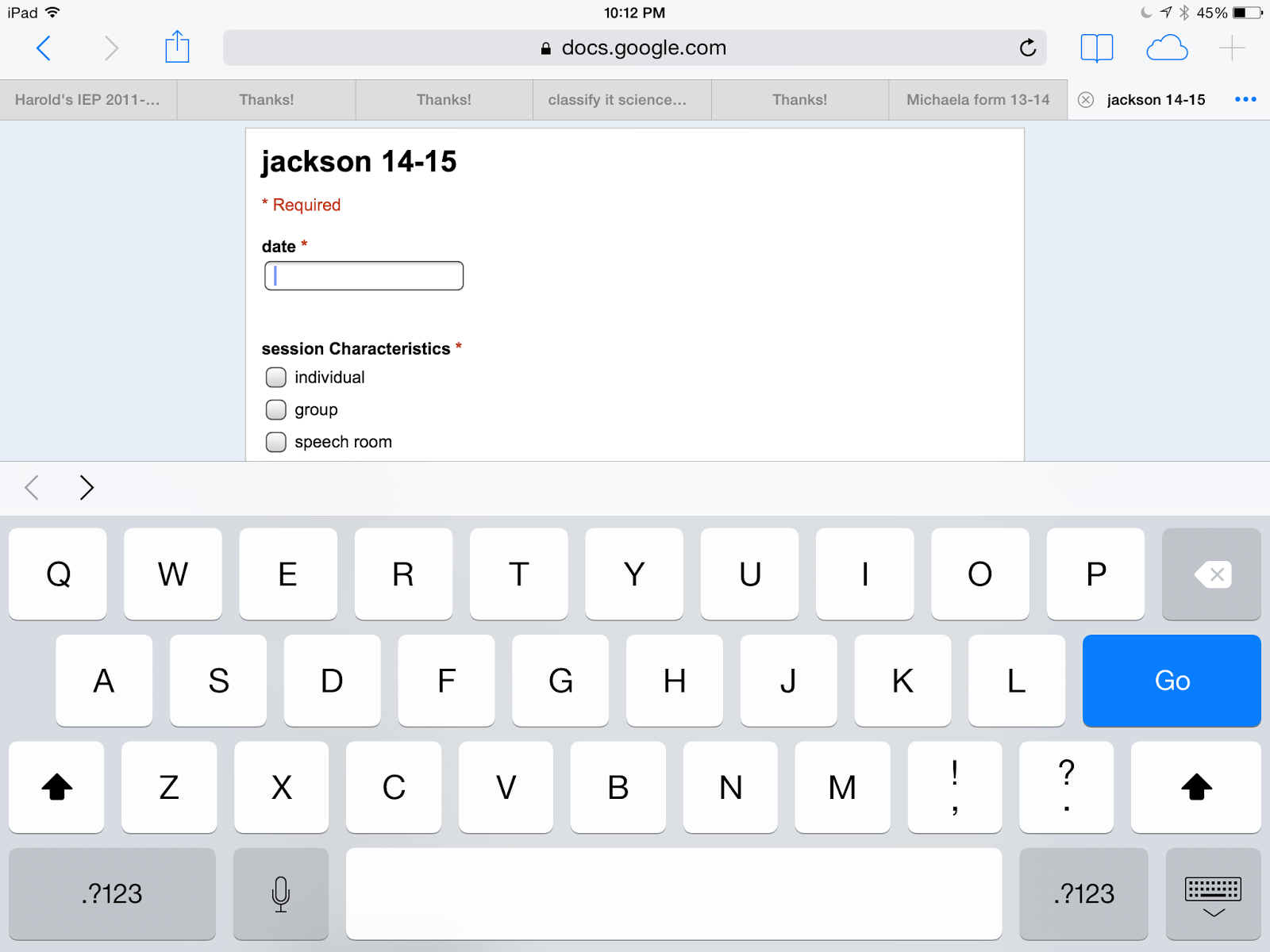How has everyone's school year been so far? Several long trips and granddaughter babysitting has taken its toll on my blog postings! Sorry!
I have a delightful young man this year on my caseload. He's funny, and shares freely all of his knowledge about baseball. Apparently his dad is a high school coach who he also played for the minor leagues at one point. My student appears to be athletically inclined as well. His one problem is a lisp which is a bit distracting to the listener. I told him when he's a pro, he will definitely want to have good speech for his television interviews!
I feel kids need to know their goals (this student and I have read his IEP together), and need to have a system to monitor progress. I've devised an interactive way for kids to see where they are and where they are going in terms of speech sound production. You'll need velcro, a file folder, and little pictures or words in a hierarchy---isolated sounds at the bottom, conversation at the top (or parent/teacher report). You will also need something to easily represent the sound targets. Each student has his own interactive chart as pictured below.
If you want something even more simple, you can use a system like the one pictured below. This image was lifted from a nice blog,
The Communication Window. Apparently, this therapist uses clothespins---each student has a clothespin with his name and moves it up as he progresses. I guess if a student has more than one sound in error, he might have several clothespins. Several students can share the same visual, which is nice if you don't have time or space to make a chart for everyone.
Hopefully, you all have some way for students to track progress, especially if sound errors are simple, and more traditional articulation therapy is being implemented. Let me know your ideas!
.
















